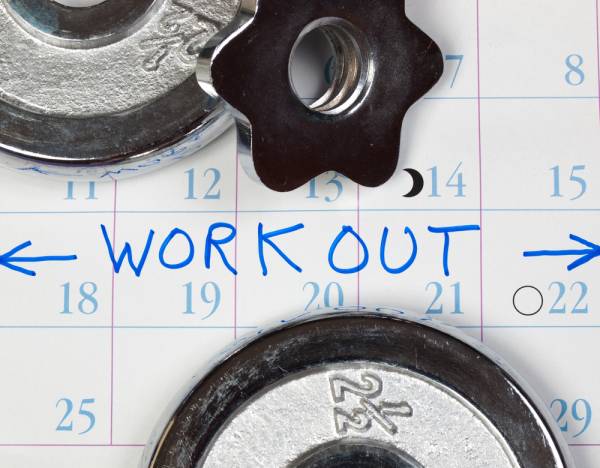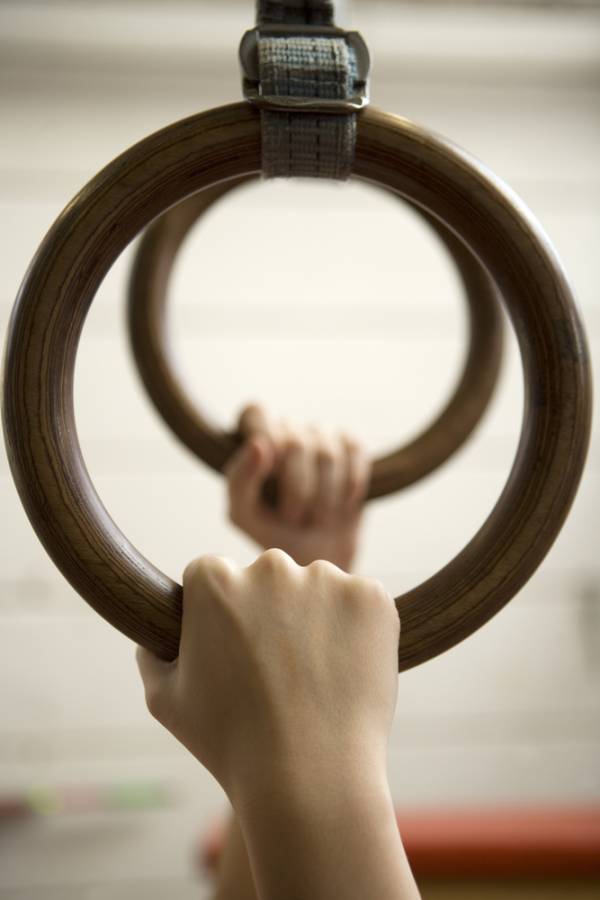About a month ago, I was nearing the end of a planned training cycle. I was training very hard for a judo tournament, and after eight weeks, my metal game was shot. Between the stress of my job, family stress, and stress of trying to defend a judo title that I knew was going to be tough (hey, you try being a foreigner who beats the Japanese at their own game while living in Japan), I was just burned out. And, looking at the barbell that Tuesday evening, I was dreading doing squats.
Now, if you know me, then you would know just screwed up I had to be mentally to get to that point. I mean, I love squats. Ranking things in my life, squats are easily in the top ten, after my wife, my son, a good steak, and perhaps sinking an armbar in a grappling match. There might be some debate as to the relative ranking of squats, but overall, I love squats. I’d rather squat than do many other things in life. Vacation at Disneyland? Screw that, I want to do squats. A new car? To hell with that. How about a new squat rack? A giant mansion? Well, can I put in a squat rack somewhere?
Yet here I was, looking at the bar, and dreading it. Five reps. Might as well have been five thousand. I’d been doing five rep sets for eight freakin’ weeks. I was tired. Didn’t want to do it again. So, after doing my warm-up sets, I just looked at the bar. “To hell with it,” I said to myself, “Let’s do something crazy. Let’s just go for a max-out.” And with that, I started loading the bar like I normally do for a max-out. And as the bar grew heavier, I started feeling a change in myself. Instead of dreading the next set, I was embracing it. Helped along by a few shouts of “YAH BUDDAY!” and “LIGHT WEIGHT!” (thanks Ronnie Coleman), the bar started going up easily and smoothly. Before you knew it, I was at my previously established max. Unracking the bar, it went down and up smooth and easy. By the time I was finished, I had bested my previous max by 10 kilograms. And this was a day that I thought was going to suck.
In the world of training, people seem to want to polarize towards one extreme or another. Whether it be bodybuilding or functional, high intensity training or high frequency training, as trainees and lifters we tend to migrate toward one end of a spectrum or another. And I know why we do it. It’s comfortable that way. We know what to expect each workout, and we know how our bodies will usually react to the workout. Even if that reaction is spending time puking into a plastic bucket in the corner, it’s a comfortable puking into a corner, because we expect it. In some ways, we even take comfort in said pain. There are some of us out there who, if we don’t have the pain, feel like things didn’t go right for a workout.
 Let’s move away from buckets and bodily fluids for a moment, though. Instead, let’s talk about two other extremes in the weightlifting world, “instinctive training” versus scripted training. You know the archetypes of each. The instinctive trainer walks into the gym with nothing but shorts, a T-shirt, perhaps some lifting gear, and some swagger. The planned trainer walks in with their training log in their hands (it takes both) with every single rep, set, weight, rest period, and everything else written down and scripted for them before they even tie their shoes. For some, it seems like EVERYTHING is scripted in that holy of holies, including the color of the socks they are wearing that day.
Let’s move away from buckets and bodily fluids for a moment, though. Instead, let’s talk about two other extremes in the weightlifting world, “instinctive training” versus scripted training. You know the archetypes of each. The instinctive trainer walks into the gym with nothing but shorts, a T-shirt, perhaps some lifting gear, and some swagger. The planned trainer walks in with their training log in their hands (it takes both) with every single rep, set, weight, rest period, and everything else written down and scripted for them before they even tie their shoes. For some, it seems like EVERYTHING is scripted in that holy of holies, including the color of the socks they are wearing that day.
But let’s cut the insanity, on both sides, and let’s talk some real life. Having a plan for your workout is a good thing. Study after study has shown this. If you have a plan when you walk into the gym, you’re going to be more focused, you’re going to waste less time between sets, you’re going to do more in your workout. On the other hand, we all have had days that are out of the norm, on one side or another. It could be that you’re drained from a hard day at the office. It could be that you’re super pumped. Shouldn’t your workout reflect that?
Once you reach a certain point in your training knowledge (what a lot of books and authors will call the intermediate stage), you’re not a newbie anymore. You should know enough about yourself, your body, and training in order to make changes if you need it. If you don’t, you either need to A) learn to listen to your body, B) need to expand your training knowledge, or C) need to make better use of the resources at your disposal like the Internet.
If you have this knowledge base (and if you’re reading sites like Breaking Muscle, you are most likely collecting one), then don’t be afraid to listen to your body. Make the changes if you need to. If your muscles feel fine but your head isn’t in the game, try changing up your rep schemes. Try a rep range you haven’t used in a while, or even try using an alternative lift to refresh your perspective. If your muscles feel like junk, then don’t be afraid to back off, only doing what your body can produce that day.
 Another good way to keep your body and workouts fresh is to have some “play days” in the gym. Try a new wrinkle of an old exercise, or try hitting a body part from a different angle than you normally do. Rediscover the joy of exploration of just what your body can do. Recently, at the school my wife and I own, I was able to install a power rack and some Olympic weights and make a workout area. With that, I put in some homemade suspension rings that allow you to do pull-ups, dips, and pushups. I also got to play around, and started using the lower rings for doing hamstring curls and reverse crunches. Nothing groundbreaking, but a wrinkle I hadn’t done in a long time. The pleasure I got from the challenge more than made up for the soreness the next day. Even a small wrinkle, like doing leg raises while hanging from a pull-up bar rather than in a leg raise chair, can provide that little kick that sparks a new discovery in your workouts. You might find a weak area that you weren’t aware of, or perhaps a way to tackle a weak point that you hadn’t thought of before.
Another good way to keep your body and workouts fresh is to have some “play days” in the gym. Try a new wrinkle of an old exercise, or try hitting a body part from a different angle than you normally do. Rediscover the joy of exploration of just what your body can do. Recently, at the school my wife and I own, I was able to install a power rack and some Olympic weights and make a workout area. With that, I put in some homemade suspension rings that allow you to do pull-ups, dips, and pushups. I also got to play around, and started using the lower rings for doing hamstring curls and reverse crunches. Nothing groundbreaking, but a wrinkle I hadn’t done in a long time. The pleasure I got from the challenge more than made up for the soreness the next day. Even a small wrinkle, like doing leg raises while hanging from a pull-up bar rather than in a leg raise chair, can provide that little kick that sparks a new discovery in your workouts. You might find a weak area that you weren’t aware of, or perhaps a way to tackle a weak point that you hadn’t thought of before.
So, don’t be afraid to make changes, but still have a framework to go from. Be flexible, and the benefits can be numerous.
Photos courtesy of Shutterstock.






